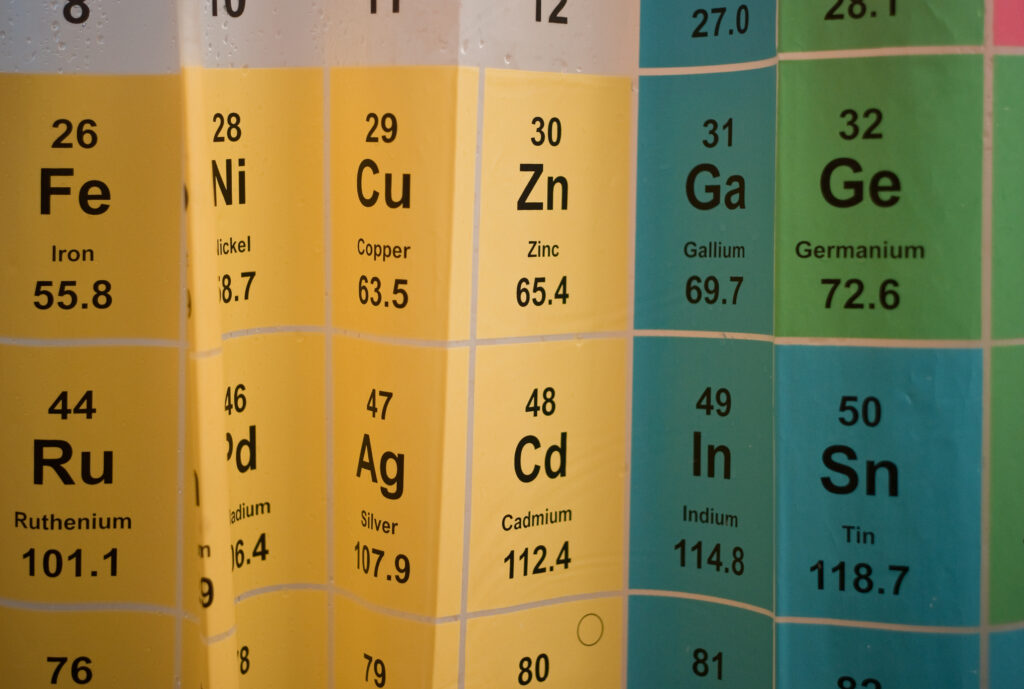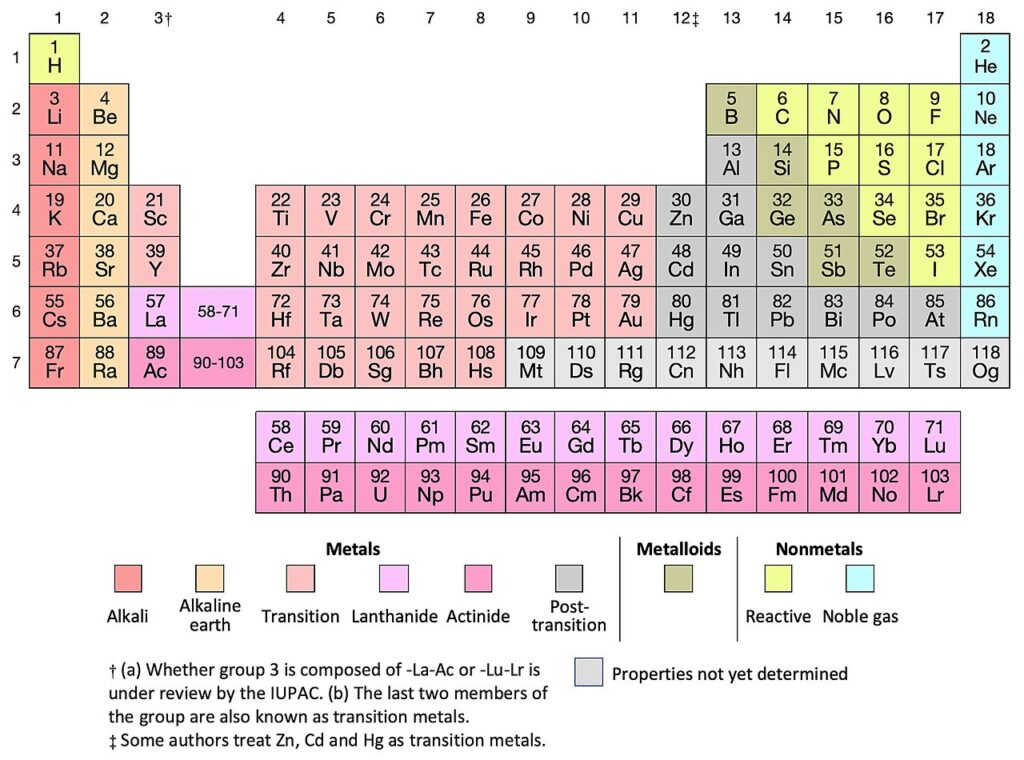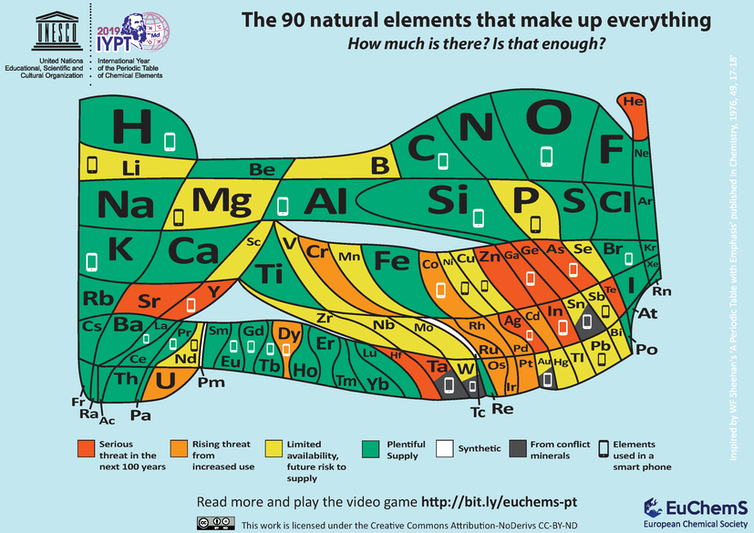Organizing chemical elements in a system that makes sense is not an easy feat. We take the periodic table (the bane of many a highschool student) for granted today, but when it was first invented, it was truly groundbreaking. Not only did Russian chemist Dmitri Mendeleev find a way to arrange the elements by their properties, but he even predicted the properties of then-undiscovered elements.
When Mendeleev first published his table in 1869, there were many gaps in it — after all, evidence for the existence of atoms had only recently emerged. So in addition to providing structure to the emerging science of chemistry, the table also helped predict new elements.
In a recent paper, researchers propose a novel way to arrange chemical elements, in a way that would also facilitate the discovery of new materials during our times.

Researchers love arranging and sorting things in an orderly fashion. But in chemistry, this fashion was hard to find. For instance, noble gases (Helium, Neon, Argon, Krypton, Xenon, Radon), have different masses but they’re all noble gasses: odorless, colorless gases that don’t like to react with the ‘commoners’ of the periodic table. So Mendeleev arranged the noble gases one under another to mark this as a vertical similarity.
There are also horizontal similarities. Horizontally, elements are arranged by the number of protons in the nucleus. Between some groups, vertical similarities are more powerful, while other times, horizontal similarities describe the group. That’s why generally, the periodic table is also colored to mark distinctive groups.
It can all a bit confusing, but if you’re trying to arrange all the elements in the known universe, things are bound to get complex.

A new atomic table from Russia
Now, in a new study, researchers thought ‘what if we take this one step further’. One hundred and fifty years after Mendeleev, researchers Zahed Allahyari and Artem Oganov from the Skolkovo Institute of Science and Technology in Moscow built on earlier work to rearrange the periodic table. Instead of using the number of protons, they use two other properties: the atomic radius and a property called electronegativity, which measures the tendency of an atom to attract another atom and share a pair of electrons.
If you use these two properties and merge them together into just one, you get what’s called a Mendeleev Number (or MN). If you then order elements by their MN, you unsurprisingly end up with neighboring chemical elements having a similar MN. But if you take things further and construct the same list for two-element compounds (compounds consisting of two elements), you end up with something like this:

If you have no idea what this means — don’t worry. The table isn’t aimed at chemistry hobbyists or students, but rather at specialized chemists and material science. Just like how Mendeleev’s table predicted the properties of elements, this trippy table predicts the materials’ properties. Properties such as hardness or magnetization are what’s represented here, and that’s what may be useful for material scientists to create new materials.
This could come in handy, for instance, if you’re looking for a substitute for one material (which may be expensive or scarce). You’d just look for something with similar properties and see what may be more readily available or cheaper. You could find alternatives for the rare elements used in batteries or electronics, for instance.
Similar ideas have been debated in the past. For instance, one such table shows the abundance of various elements on Earth and how likely they are to become scarce in the near future.

Ultimately, this shows that tables aren’t just useful for memorizing and structuring things. Similar to how the periodic table paved the way for future discoveries, new tables such as these can help researchers understand and develop the new generation of materials.









